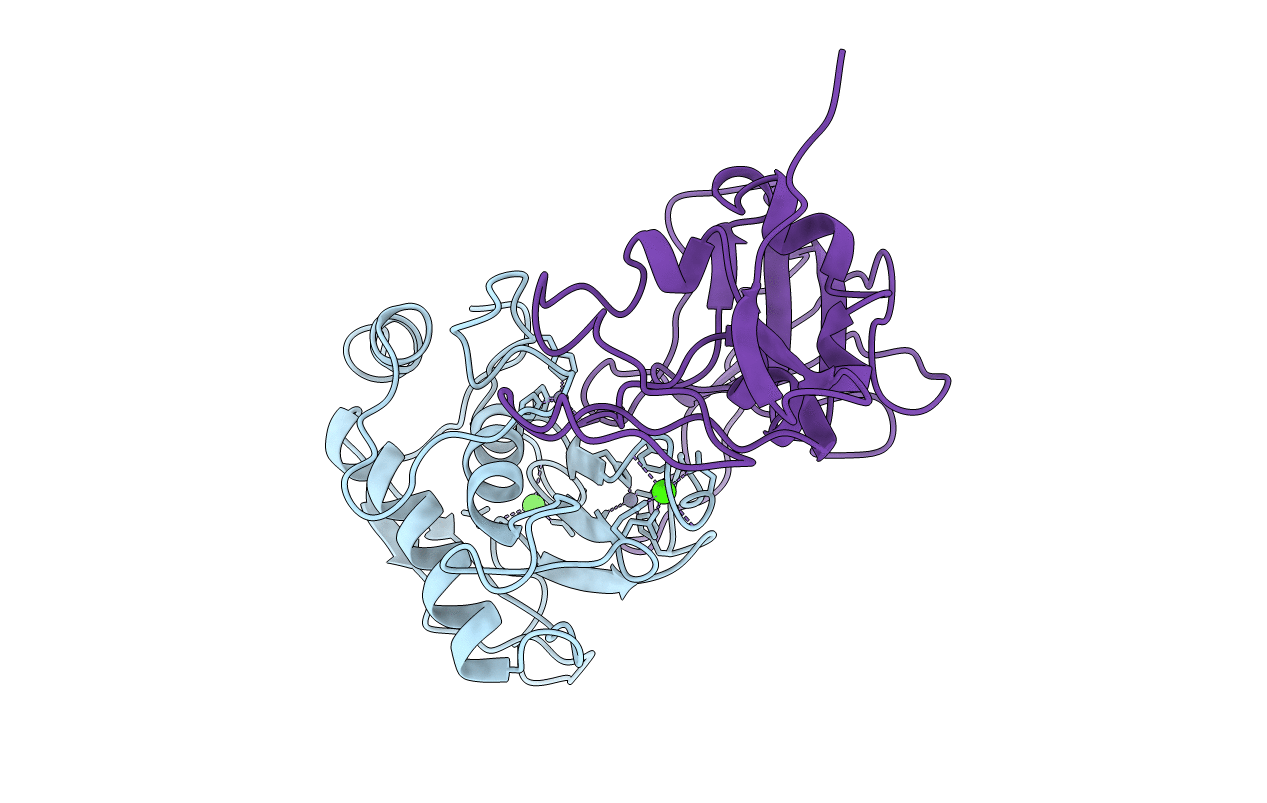
Deposition Date
1998-09-07
Release Date
1999-09-02
Last Version Date
2024-11-06
Entry Detail
PDB ID:
1BUV
Keywords:
Title:
CRYSTAL STRUCTURE OF THE MT1-MMP-TIMP-2 COMPLEX
Biological Source:
Source Organism:
Homo sapiens (Taxon ID: 9606)
Bos taurus (Taxon ID: 9913)
Bos taurus (Taxon ID: 9913)
Method Details:
Experimental Method:
Resolution:
2.75 Å
R-Value Free:
0.24
R-Value Work:
0.18
R-Value Observed:
0.18
Space Group:
C 1 2 1


